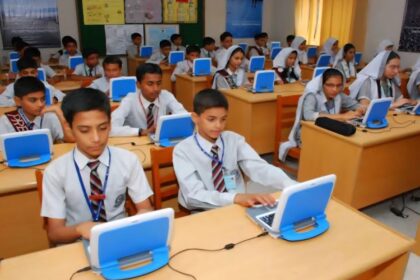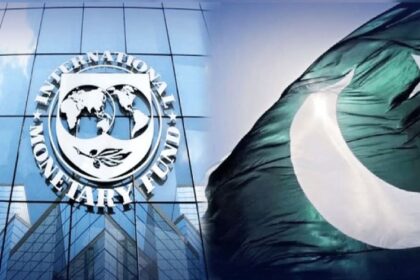Childhood and the Loss of Green Spaces
During our childhood, from the late 90s to early 2000s, green spaces were in abundance, and there was no concept of sitting in front of the TV or playing video games for hours. After coming back from school, all the children from the neighborhood would gather around and play sports until the day ended.
The Impact of Earthquake, Migration, and Rapid Urbanization
After the earthquake of 2005, a significant chunk of the population lost their homes and either moved to other areas of their provinces or relocated entirely to other provinces. With a continuous and rapid increase in the population of our country, climate change, poor urban planning, and mismanagement of natural disasters, a resultant rise in urbanization has made Pakistan’s major cities the least liveable.

In an analysis report carried out by the Asian Development Bank, it was pointed out that cities of Pakistan are continuously scoring low on multiple competitiveness indexes because of the demolition of public green spaces, inefficiency of urban centers, and poor infrastructure planning leading to unattractiveness, congestion, and an increase in pollution. The report also predicted the urban population to rise to about 99 million by 2030, which will make up 40 percent of the total population of the country.
Challenges of Overcrowding and Poor Infrastructure
A drastic change in climate due to a heat wave during the last decade has also contributed significantly to the overconcentration of people in the cities. Deadly floods during the monsoon season in Pakistan in 2022 affected about 33 million people. Thousands of families were forced to evacuate from their homes and migrate towards the cities.
It was a golden opportunity for black sheep in the urban infrastructure business community to further urbanize the cities by buying public land and transforming it into livable areas even if it resulted in catastrophic consequences.

The population of Karachi has doubled in the last decade, and that of Lahore has risen by 138 percent, which is the basic reason for the two major cities to increase in size vertically. This chaotic urban landscape has led to Karachi becoming divided based on class and ethnic groups. As a result, a huge population is confined to small, congested spaces while the other half enjoys living in gated societies. The proliferation of illegal housing schemes put further pressure on the city’s economy and infrastructure resources. As a result, citizens are facing severe traffic congestion and a rise in pollution leading to severe health problems.
Health and Social Consequences of Urban Divide
Lahore, on the other hand, is facing its own set of challenges. The occupation of surrounding agricultural lands has led to haphazard development. Lahore has been listed at the top of the poor air quality index in recent years due to a decrease in green spaces, open public parks, and surrounding landscapes. It has become harder to enjoy a breath of fresh air while living in Lahore.
The elite class has settled in cantonment areas filled with lush green trees and plenty of public parks, whereas the non-affording population suffers from lethal respiratory diseases, mental health issues, and other physical health problems. This class division has decreased the city’s charm and has made it very difficult to equitably distribute essential services such as health, transportation, and clean water.
Likewise, in other cities of Pakistan, poor city planning and commercialization have led to an increase in mental health issues, obesity, and hyperactivity disorders, specifically in young children, because the unavailability of public parks and playgrounds has left parents with no choice but to replace the playtime with screen time.
Women and men from the working class have also lost the luxury of spending leisure time with their friends at a place where they can enjoy themselves and freely breathe in fresh air to reduce work-related tension. As a result, the problems of blood pressure, bone density, muscles, and joints are on the rise.
A Call for Action: Creating Healthier, More Livable Cities
It is high time to start taking measures to control the rapidly rising urbanization by addressing the challenges of rapid urbanisation, improving the liveability of cities, and increasing the efficiency of urban centres. Availability of open spaces, ensuring social interaction, and provision of playgrounds for children without any class division is the only solution to decrease healthcare problems, pollution, and traffic congestion.
Only a mentally and physically healthy population can contribute to a prosperous country.
















